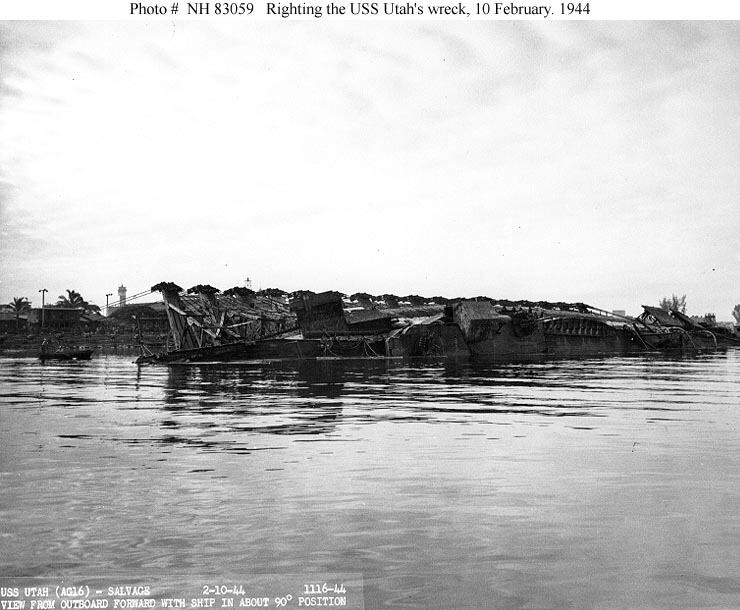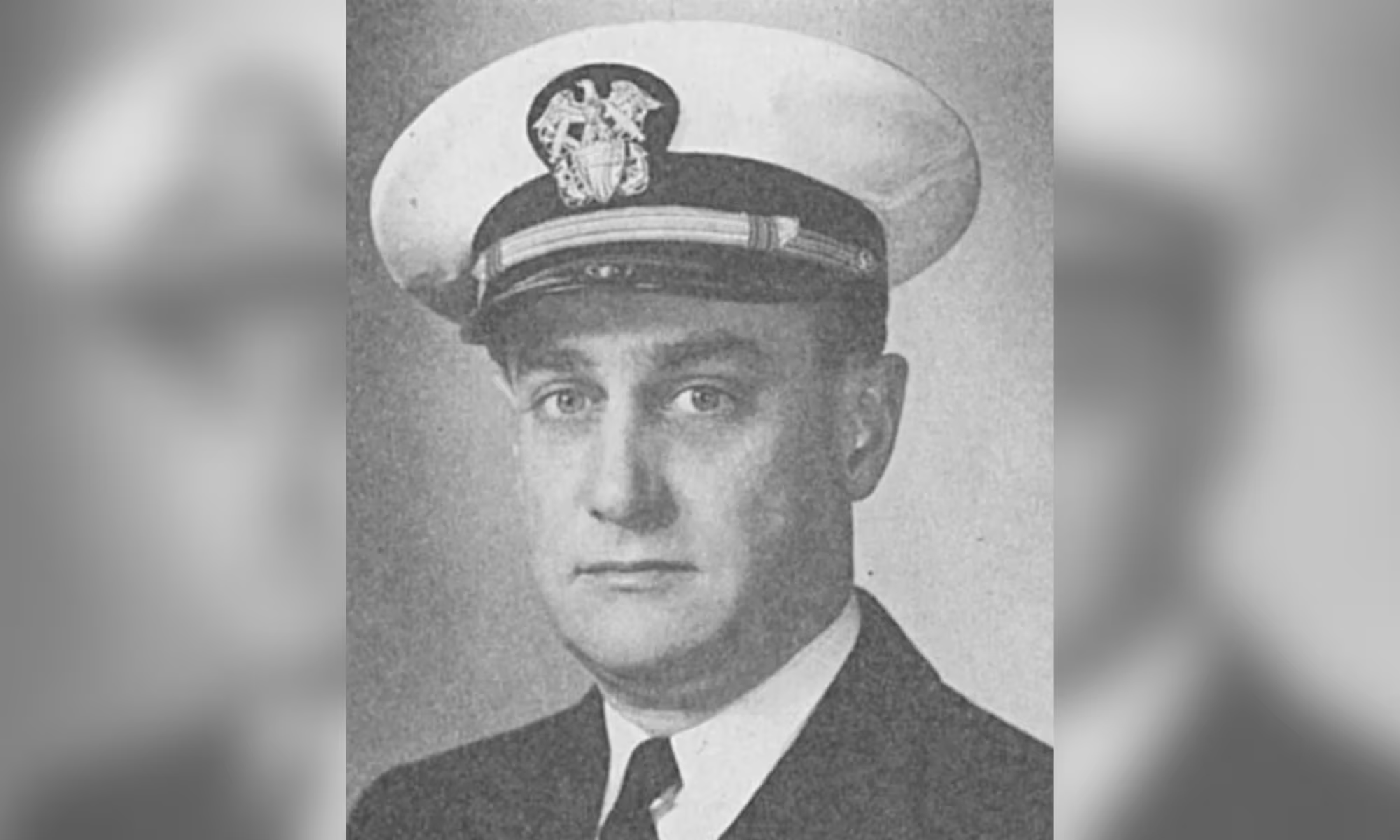HONOLULU – Above the water, the effects of 73 years on the partially sunken warship USS Utah are evident at its resting place just off Ford Island.
The target and training ship took two torpedoes on Dec. 7, 1941, capsized and was only partially righted using cables that are still apparent on the rusting hull, the National Park Service said.
Fifty-eight crewmen were entombed on the Utah.
On Thursday, Daniel Martinez, chief historian for the World War II Valor in the Pacific National Monument, pointed out deterioration that has occurred in recent decades.
Beams supporting a bridge area have rusted away. Deck timber has detached and in some cases floated off.
"So from 1985 when I first came here to today, there has been a progressional change to the ship, so the exposed areas of the vessel are deteriorating right before our eyes," Martinez said.
What's happening beneath the waves is less clear, but some sophisticated technology is giving the National Park Service and Navy a better picture of the memorial.
Technicians with R2Sonic out of Austin, Texas, in a 17-foot boat, bounced sound beams off the Utah to map the ship in extremely fine detail.
Hundreds of sound beams went out with each ping, with as many as 60 pings a second, said Jens Steenstrup, president of R2Sonic.
An unmanned surface vessel from Deep Ocean Engineering in San Jose, Calif., also provided sonar mapping, and divers took underwater pictures of the ship.
The end result will be a 3-D view of the Utah that will provide historians a unique look at the historic vessel and can be compared against future mappings to see what kind of structural change is taking place, officials said.
A similar effort was mounted for the USS Arizona, and the results have revealed the sunken and now marine-life-encrusted battleship in new detail.
"I just saw the scans of the memorial, and I've got to tell you, I was literally blown away," Martinez said. "I never thought they could accomplish that because not only when you see the 3-D scan, you see the scan, but you can rotate it, you can bring (the view) down to eye level, to an area level, you can bring it down to water level. Can you imagine that on exhibit for visitors to see?"
So detailed is the sonar, LIDAR (light detection and ranging) and photo mapping of the Arizona that it can be used for 3-D printing -- and it already has been, with the unveiling in May of resin printouts of a full-scale 1941 coral-encrusted Coke bottle and a one-third scale deteriorated cooking pot found near the Arizona's galley.
An 18-inch printout of the Arizona in its current condition is expected to be on display for this year's Dec. 7 commemoration, officials said.
Martinez said when the next 3-D mapping is done of the Utah years from now, only minute changes may be noted -- but that type of detailed comparison will make it possible to overlap models and observe patterns of change.
"We're still going to be able to look at that as a reference point, and the park service is then given the opportunity to advise on the preservation of this vessel or the rate of deterioration," Martinez said. "If you asked the question, How long will this ship last? We may have over a period of years measuring points to give you a more accurate answer."
The park service, which oversees the Utah with the Navy, will be able to zoom in on elements of the ship such as the bow anchors or gun turrets and look at them from various angles.
"The only way for us to see the ship (in the past) was to dive on it, and now we're going to have the tools to look at it three-dimensionally," Martinez said.
Martinez added that "they'll image everything -- even to the sides of the harbor bottom," including some of the debris field around the Utah, which sits in about 45 feet of water.
R2Sonic and other companies are providing the 3-D survey at no charge to the National Park Service, officials said.
"I personally love history," Steenstrup said, adding that being part of the project "has been a great honor."
Pete Kelsey, strategic projects executive with Autodesk Inc., headquartered in San Rafael, Calif., another company involved in the mapping, said, "We're deploying a bunch of different kinds of technologies for the first time ever to basically do the first comprehensive survey of these ships in 30 years."





